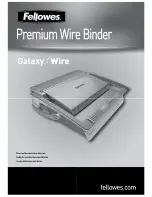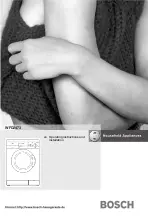
258
How your fax machine works
So just exactly how
does
your fax machine work? It’s simpler than you
think. This analogy will help you understand. Let’s say you want to mail a
gift to a friend:
• You
take
the item,
wrap
it and
send
it.
• Days later, your friend
receives
the package,
unwraps
it and
uses
it.
Now, let’s apply that to fax communication.
You put a page into your fax machine’s feeder and call a fax number. Your
machine makes a satisfactory connection with the other machine, and then…
• An image scanner in your fax machine examines the information on
the page. That’s how your machine
takes
the document.
• Your fax machine translates the scanned information into a numeric
code and compresses the code for the fastest possible transmission
speed. That’s how your machine
wraps
the document.
• Finally, your fax machine sends the compressed code. That’s how your
machine
sends
the document.
On the other end of the line…
• The remote fax machine
receives
the code.
• The remote fax machine uncompresses and deciphers the code, turning
it into a representation of the scan your machine made. That’s how
your machine
unwraps
the document.
• The remote fax machine prints the representation. Now, the recipient
can
use
the document.
… and that’s how fax works!
The only difference between a regular telephone call and a fax call is the
content
of the transmission.
• On a regular call, your telephone sends your voice.
• On a fax call, your fax machine sends a coded message.
The way fax machines work is regulated closely by international
standards, applied by the International Telecommunications Union (ITU),
an agency of the United Nations. These standards ensure the
compatibility of your fax machine with millions of other fax machines
worldwide. However, they also limit the way you can use your machine
with a second phone. Nonetheless, this is a small price to pay — for the
ability to send documents just about anywhere on earth!
















































